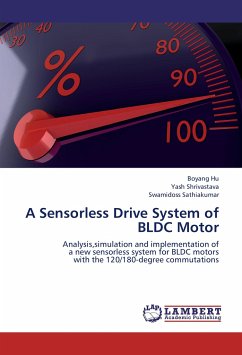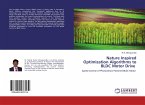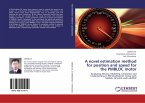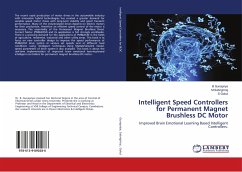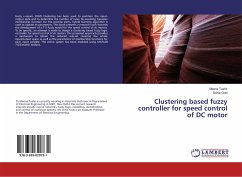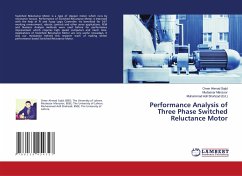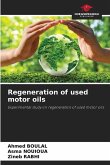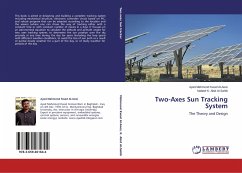To drive the PMBLDC motor, for the conventional 120-degree commutation, the winding without phase current in each conduction interval can be considered as a sensor for back-emf detection. However, in the case of 180-degree commutation, the back-emf detection cannot be realized because all the three phases conduct current in each interval and no back-emf signals are available on stator terminals, which is the reason why the 180-degree sensorless commutation has not been considered so far. In this thesis, a novel 180-degree sensorless system for a PMBLDC motor is proposed. The position and speed information are estimated based on the back-emf signals, which are estimated from the simple sensing of the stator terminal voltage and phase current signals. Each phase of the conventional 120-degree rotates only 120 degrees with current to generate torque and waits for next excitation in the other 60 degrees without torque generated. However, each phase of the proposed 180-degree sensorless system conducts current for the entire electrical period, which produces more torque. The comparison between the 120-degree and the 180-degree sensorless system is also investigated.

